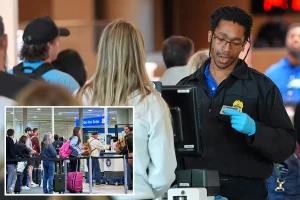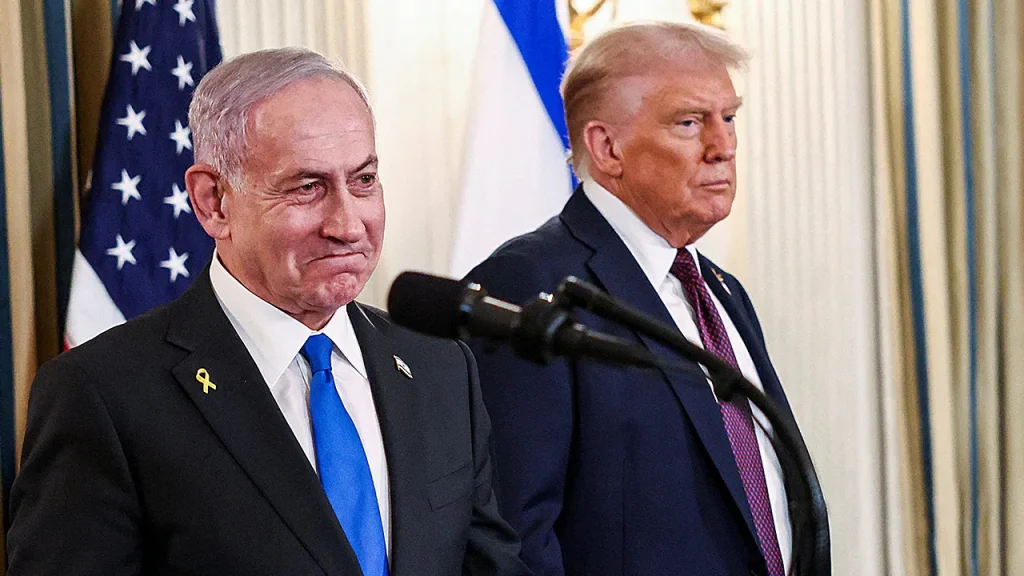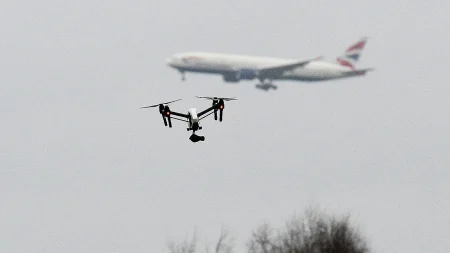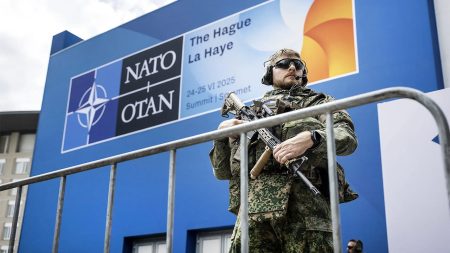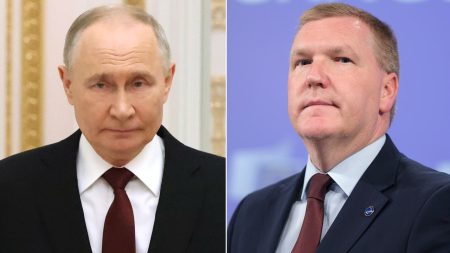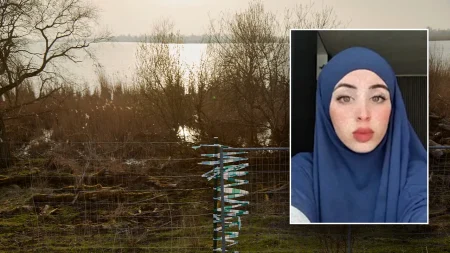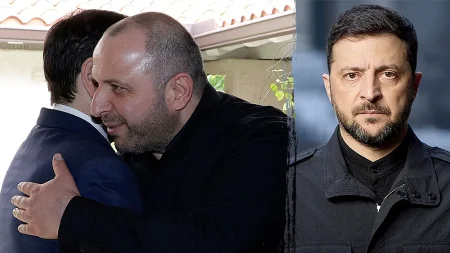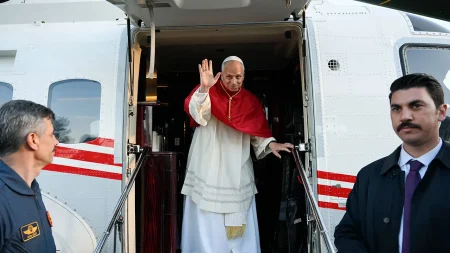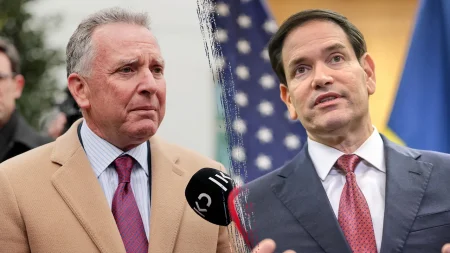Historic Peace Deal: Trump’s Plan Brings Hope to Gaza Conflict
In a momentous development, Hamas has agreed to the first phase of a peace deal brokered by former President Donald Trump, potentially ending the devastating two-year conflict that began with the October 7, 2023 attacks on Israel. Trump made the announcement via his Truth Social platform, describing it as “a GREAT Day for the Arab and Muslim World, Israel, all surrounding Nations, and the United States of America.” The agreement reportedly includes the release of all remaining hostages in exchange for Israeli troop withdrawal to predetermined lines, marking what could be the first steps toward what Trump characterized as “a Strong, Durable, and Everlasting Peace.”
This breakthrough follows Israeli Prime Minister Benjamin Netanyahu’s acceptance of the U.S.’s 20-point plan last week. The proposal addresses the immediate humanitarian crisis while laying groundwork for Gaza’s future. Central to the agreement is the complete release of the 48 hostages still held by Hamas (21 of whom are believed to be alive) and a full Israeli military withdrawal from the Gaza Strip. While the exact timeline for hostage release remains uncertain—Hamas has indicated some may be buried under rubble, making the original 72-hour release window potentially unrealistic—the deal represents the most substantial progress toward peace since the conflict began.
Under the original terms presented by the Trump administration, Hamas would completely disarm in exchange for ending Israel’s military operation, significantly increasing humanitarian aid to Palestinians, and beginning the reconstruction of Gaza. The plan also controversially offered “amnesty” for Hamas members who willingly surrender their weapons. Additionally, once all hostages have been returned, Israel would release “250 life sentence prisoners plus 1,700 Gazans who were detained after Oct. 7th, 2023.” However, Hamas has expressed concerns about its disarmament requirements and skepticism about Israel’s commitment to honoring the agreement once hostages are released. The final terms agreed upon may reflect compromises on these issues.
The governance structure for Gaza’s future is another crucial element of the peace plan. According to Trump’s blueprint, Gaza would operate “under the temporary transitional governance of a technocratic, apolitical Palestinian committee, responsible for delivering the day-to-day running of public services and municipalities.” This administration would be overseen by an international “Board of Peace,” headed by Trump himself and former British Prime Minister Tony Blair, with additional international leaders to be named later. A separate panel of experts with experience developing “thriving modern miracle cities in the Middle East” would create an economic reconstruction plan, potentially transforming Gaza’s future.
While the plan has garnered support from Middle Eastern and Arab nations—including Qatar and Egypt who served as mediators—questions remain about its long-term implications for Palestinian statehood. Though 157 of the 193 UN member states support Palestinian statehood, the current agreement doesn’t explicitly outline a path toward that goal. What it does guarantee, however, is that no one would be forced to leave their homes, and Israel would be prevented from annexing Gaza. Instead, the plan states, “We will encourage people to stay and offer them the opportunity to build a better Gaza,” suggesting a focus on rebuilding rather than displacement.
The peace deal represents a significant diplomatic achievement amid one of the world’s most intractable conflicts, though implementation challenges undoubtedly lie ahead. Trump’s involvement as a private citizen rather than a sitting president makes this an unusual diplomatic breakthrough. The agreement acknowledges the contributions of mediators from Qatar, Egypt, and Turkey, highlighting the multilateral nature of the peace effort. The stakes remain extraordinarily high—Trump warned that if Hamas had rejected the deal, Israel would have received full U.S. backing to continue its military operations in Gaza, potentially prolonging the humanitarian crisis that has claimed thousands of lives.
As the world watches this developing situation, the success of this agreement will ultimately depend on both sides fulfilling their commitments and rebuilding trust after years of violence. For the families of hostages, Palestinian civilians caught in the crossfire, and communities on both sides of the conflict, this deal represents a fragile but meaningful hope for an end to the violence that has defined the region for far too long. The path to lasting peace remains complex, but this agreement may mark a critical turning point in one of the world’s most enduring conflicts—a testament to the possibility that even the deepest wounds might eventually heal through determined diplomacy and compromise.
